An Intimate Pandemic
by Sebastian Liste
Brazil, Rio de Janeiro, 2012, Pacification cops in a round in a favela in the outskirts of Rio de Janeiro.
It’s said that violence is the social pandemic of the century in Latin America. But actually everyday life and social change in the region has never been immune to violence. The conquest, the slavery system, the independence, the land acquisition, the expropriation of natural resources and the political revolutions have been violent.
Venezuela, Caracas, April 2013, Bolivarian National Guards during a demonstration against Maduro and the Bolivarian Revolution.
Venezuela, Caracas, April 2013, Demonstration against Maduro and the Bolivarian Revolution in Caracas.
Violence continues to be a common denominator in the region, although now manifested in different ways. Today, the issue of violence and crime is not a result of politics, but devoid of any ideological end. Violence has become familiar and intimate, a trivialized routine in the region, while targets of violence have become so blurred they cease to make sense. The loss of social dialogue has made it so that acts of violence seem the only way to resolve conflicts within these societies. This process of criminal violence is accompanied by an increase in police violence, both of which have major psychological and economic consequences on the population; costs and damages which are exacerbated by mistrust and inefficiency of the existing criminal justice system in Latin America.
Violence has become familiar and intimate, a trivialized routine in the region
Venezuela, Caracas, April 2013, Group of young "malandros". Those armed kids control the drug traffic in their neighborhood. In Venezuela more than 25.000 people got killed 2013. The number of killed has risen steadily since Hugo Chavez took the power of the country in 1999.
This new kind of violence mostly affects young, second generation urban dwellers, who are exposed to high consumer expectations fueled by advertising and mass media contemporaries. Most of these young people are not able to meet these expectations by conventional means prescribed by society and therefore turn to force.
As a sociologist and documentary photographer, I have been conducting in-depth research on the growth and transformation of violence in Latin America for the past six years. I have since developed some chapters of my project. It was a long trip from the favelas of Brazil to the ungoverned territory of the Amazon forest; witnessing the continent drug production and its impact in local communities in Mexico and Peru or the growing violence during the Bolivarian Revolution in Venezuela and its corrupted penal system.
Venezuela, Caracas, December 2012, Police from the municipality of Sucre during an operation in the neighborhood of Petare, which is is one of the most troubled and violent areas of the Venezuelan capital.
Venezuela, Caracas, April 2013, Tanks during the Venezuelan Independence Day celebrations at the Paseo de los Próceres de la Patria. The same day Nicolas Maduro was named the president of the country.
Now I’m very near to finish this long term project. With a little bit more time I can better understand the roots of crime, punishment and security in Latin America; and to close the project in form of a book that will alert political and media leaders on this important issue.
Venezuela, Caracas, April 2013, "Barrio" in the outskirts of Caracas. Most of the 25.000 people murdered in Venezuela in 2013 came from the "Barrios", the most violence neighborhoods in the world.








